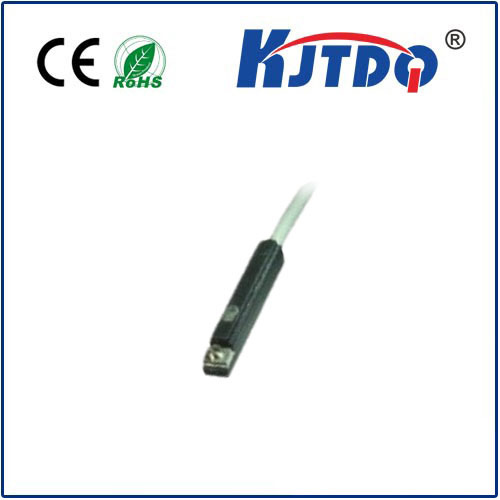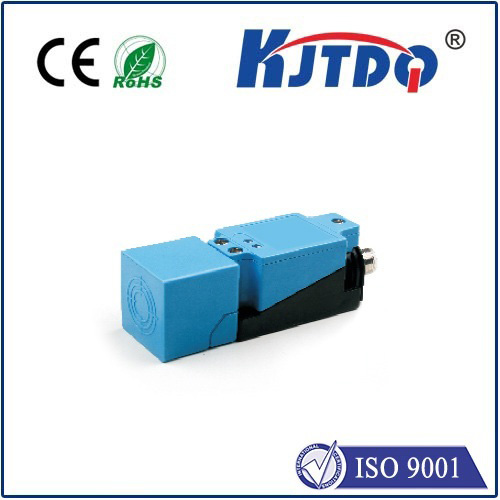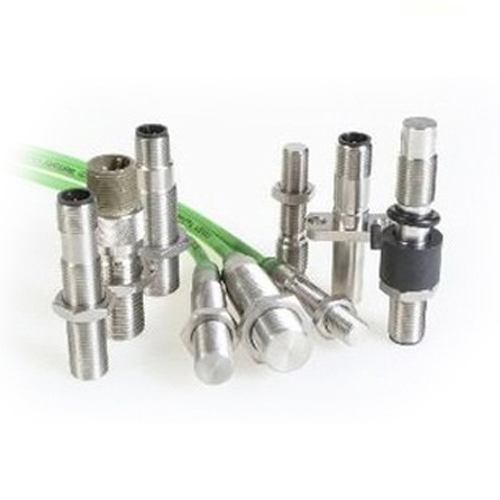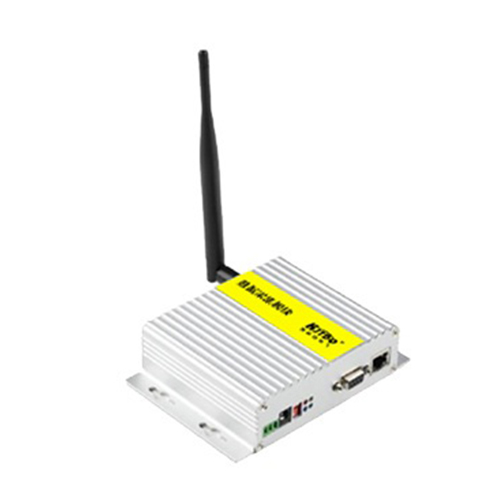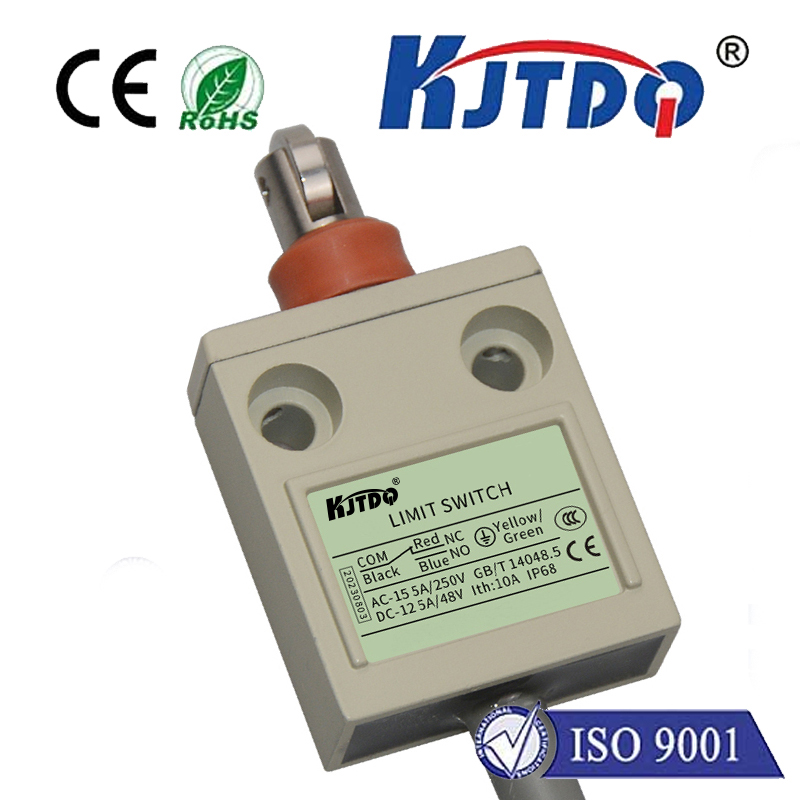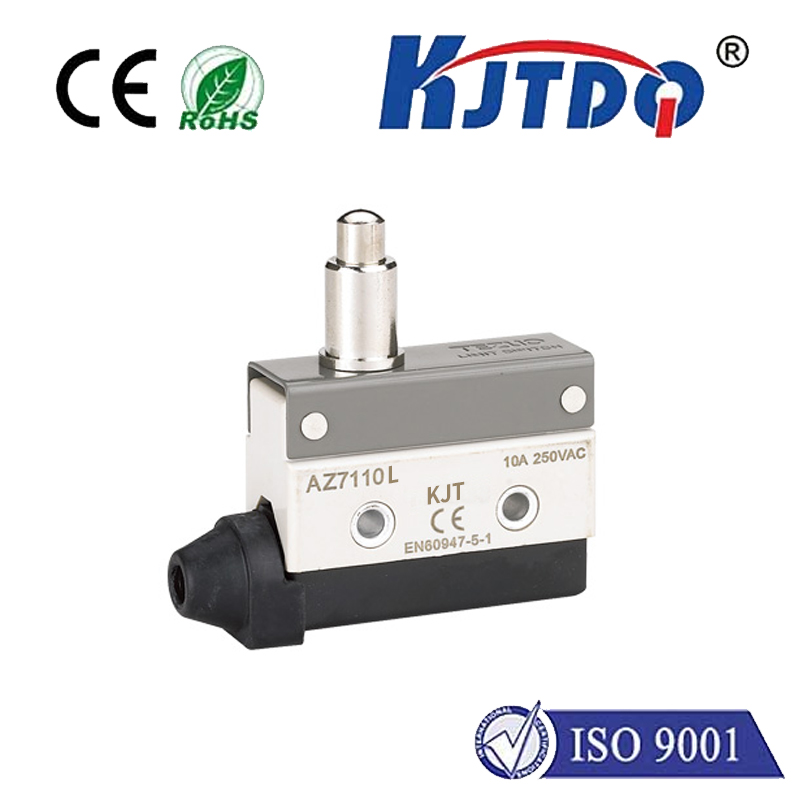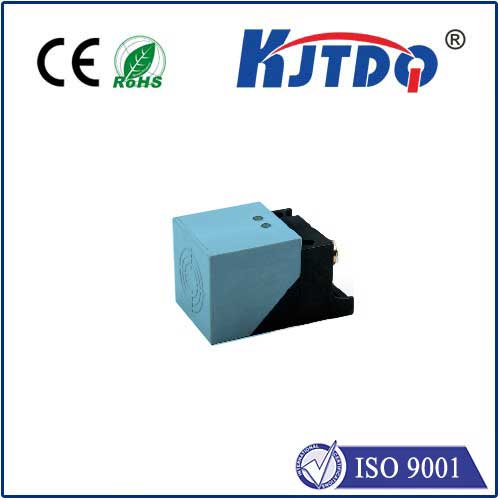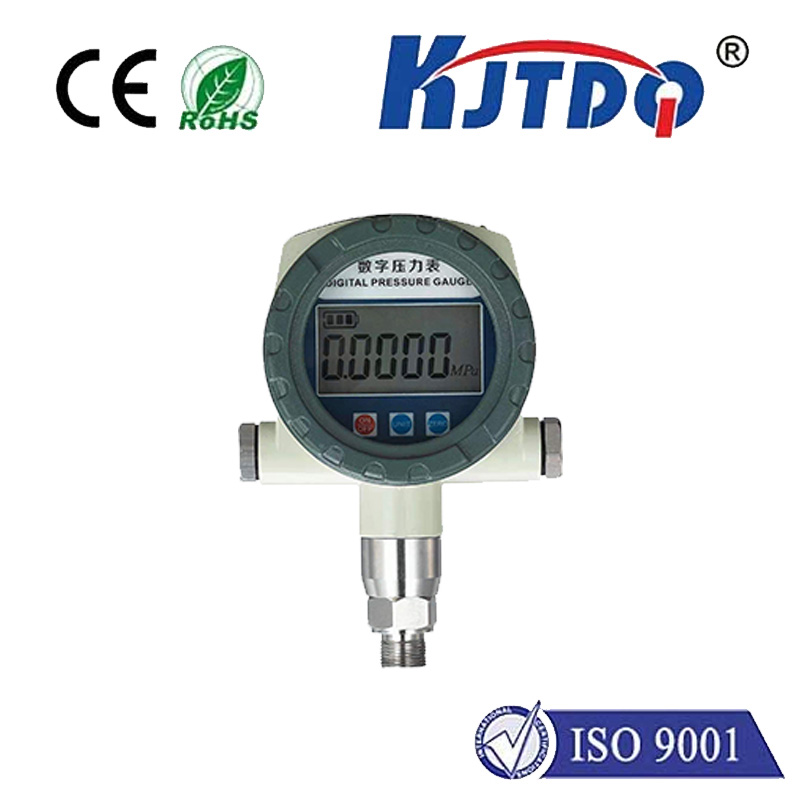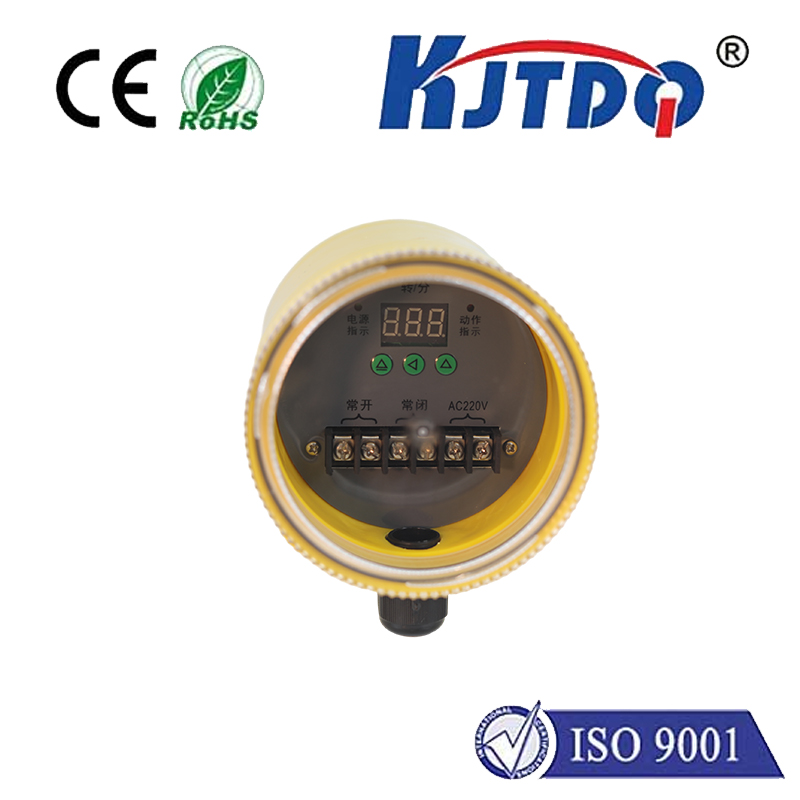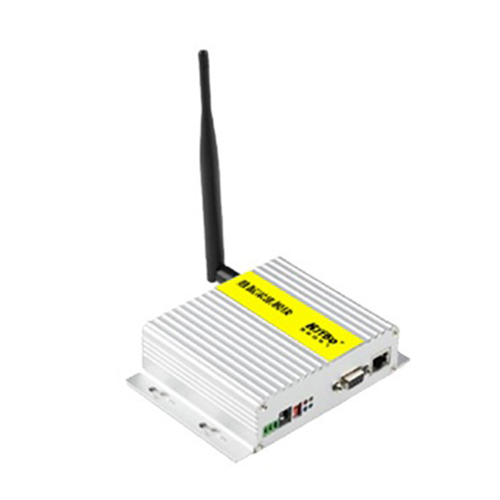Промышленность предельных переключателей
- time:2025-08-02 03:57:12
- Нажмите:0
The Unsung Heroes of Industry: Limit Switches Explained
Ever wonder what stops an elevator perfectly level with your floor? Or ensures a robotic arm doesn’t overextend and crash? Or prevents a massive conveyor belt from running empty and causing damage? The answer often lies in a remarkably simple yet utterly indispensable component: the industrial limit switch. These unassuming devices are fundamental pillars of automation, safety, and precision across countless manufacturing and processing environments. Despite their often-hidden nature, their role in ensuring smooth, efficient, and safe industrial operations cannot be overstated.
What Exactly is an Industrial Limit Switch?
At its core, an industrial limit switch is a robust electromechanical device designed to detect the presence or absence of an object, or to monitor the position of machinery within a specific range of motion. It functions essentially as a “go/no-go” sensor. When a machine part (like a moving arm, door, or platform) physically contacts the switch’s actuator (a lever, roller, plunger, or whisker), it triggers an internal mechanism. This action changes the electrical state of the contacts within the switch – opening or closing a circuit – sending a crucial signal to the machine’s control system (like a PLC - Programmable Logic Controller).
Think of it as a highly reliable position sensor that tells the control system: “The object has arrived,” “The door is fully closed,” or “The cylinder has reached its stroke end.” This signal is the bedrock for subsequent automated actions – stopping motion, reversing direction, initiating a new sequence, or activating an alarm.
How They Work: Simplicity Meets Reliability

The fundamental operation is beautifully straightforward:
- Physical Contact: A moving part of the machine makes contact with the switch’s actuator.
- Actuation: This contact force moves the actuator, overcoming the force of an internal spring.
- Internal Mechanism: The actuator movement drives the internal mechanism (snap-action is common for reliability), rapidly changing the state of the electrical contacts.
- Signal Change: The contact state change (e.g., Normally Open contacts close, Normally Closed contacts open) interrupts or completes an electrical circuit.
- Control System Response: The machine’s PLC or controller receives this new signal and executes a pre-programmed command – most commonly halting or changing the motion.
Why Are They So Crucial in Industry?
The applications of industrial limit switches are virtually endless, underpinning efficiency and safety:
- Position Control: Ensuring cylinders, slides, arms, and platforms stop at precise start and end points. (e.g., robotic welding arms, press brakes).
- End-of-Travel Sensing: Preventing motors, actuators, or conveyors from moving beyond their intended physical limits, protecting equipment from damage. (Over-travel prevention is a critical safety function).
- Presence/Absence Detection: Confirming parts are in position for processing, tools are correctly seated, or guards are securely closed before machinery starts. (Safety interlocks for machine guards are a prime example).
- Sequencing: Initiating the next step in an automated process once the previous one is confirmed complete (e.g., a part clamps after reaching position).
- Counting: Tallying objects passing a point or cycles completed by a machine (requires specific counter models).
- Door/Gate Monitoring: Verifying access hatches, safety gates, or enclosures are properly secured before potentially hazardous operations commence. This is vital for machinery safety.
Types of Industrial Limit Switches: Matching the Task
Choosing the right ограничительный переключатель depends heavily on the environment and application:
- Standard Mechanical: The classic design with various actuator types (lever, roller lever, plunger, whisker/wobble stick). Known for robustness and tolerance to harsh environments (dust, moisture with proper ratings like IP67). Ideal for direct physical contact applications.
- Heavy-Duty: Built with reinforced bodies and actuators specifically for high-impact applications, extreme forces, or very dirty/wet conditions (foundries, mining, heavy machinery).
- Precision: Engineered for very fine positioning accuracy, often with adjustable levers or micro-switch mechanisms. Used where millimeter precision matters.
- Safety Rated: Designed and certified to stringent safety standards (e.g., ISO 13849, IEC 60947-5-1). Feature positively guided contacts or redundancy to prevent unsafe failure modes. Essential for critical safety functions like guard locking verification or emergency stop monitoring.
- Hazardous Location: Constructed to prevent ignition in areas with flammable gases, vapors, or dust (certified for Class I Div 1⁄2, Class II Div 1⁄2). Use special enclosures and switching mechanisms. Crucial in oil & gas, chemical plants, grain handling.
Key Benefits Driving Industrial Adoption
The enduring popularity of industrial limit switches stems from tangible advantages:
- Proven Reliability & Durability: Simple electromechanical design means fewer failure points compared to complex electronics, especially in tough environments. Many are built to withstand millions of operations.
- High Accuracy & Repeatability: Deliver consistent position detection, critical for quality control and process consistency.
- Cost-Effectiveness: Generally offer a lower initial cost per point compared to many electronic sensors and remain economical to maintain or replace.
- Physical Feedback: The definite “click” felt upon actuation can provide valuable tactile feedback to technicians during setup and troubleshooting.
- Harsh Environment Tolerance: Engineered versions excel where dirt, dust, vibration, moisture, or temperature extremes would compromise other sensor types.
- Многогранность: Wide range of actuator styles and mounting options allow adaptation to countless mechanical configurations.
- Simplicity & Ease of Understanding: Their operation is intuitive for maintenance personnel, aiding rapid diagnosis and repair. This translates to reduced downtime.
Selecting the Right Industrial Limit Switch: Key Considerations
For engineers and maintenance teams, choosing the optimal ограничительный переключатель involves evaluating several factors:
- Actuation Method: What kind of contact will the machine part make? (Side-swipe, direct push, right angle?). Select lever style (roller, rod, flexible), plunger, or whisker accordingly.
- Environmental Conditions: Exposure to chemicals, washdowns? Extreme temperatures? High vibration? Dust/water ingress rating (IP rating)? Explosive atmospheres?
- Electrical Requirements: Voltage (AC/DC), current rating (amperage) of the load being switched? Number and type of contacts needed (NO, NC, changeover)?
- Mechanical Load: Force required to actuate? Expected frequency of actuation cycles? Potential for shock or impact? (Choose heavy-duty if needed).
- Physical Size & Mounting: Space constraints? Specific mounting pattern needed (e.g., standardized foot mounting)?
- Safety Criticality: Is the switch part of a safety-related control function? If so, safety-rated limit switches are mandatory.
- Precision Needs: Tolerance required for position detection?
Conclusion: The Indispensable Workhorse
From the massive presses shaping automotive components to the delicate precision of packaging lines and the critical safety systems guarding operators, industrial limit switches remain the silent, reliable sentinels of the factory floor. While newer technologies emerge, the fundamental robustness, simplicity, cost-effectiveness, and harsh environment performance of the mechanical ограничительный переключатель ensure their

